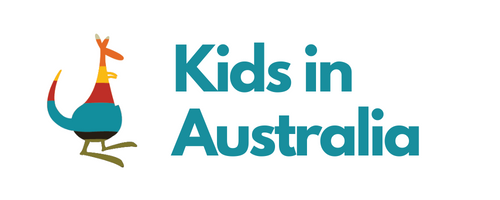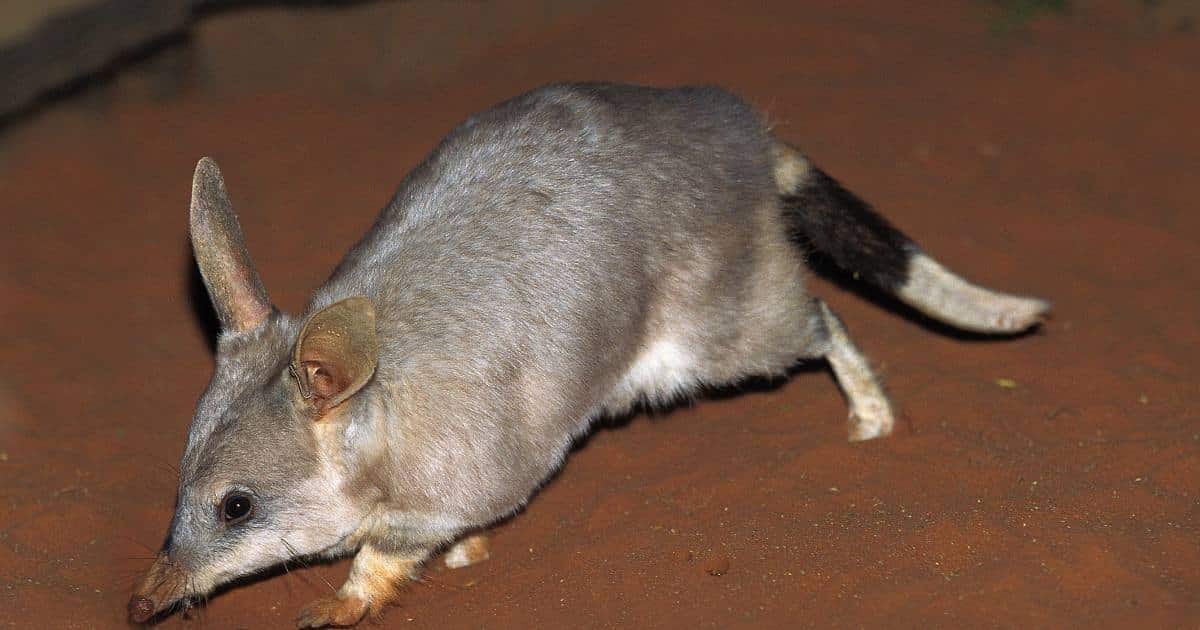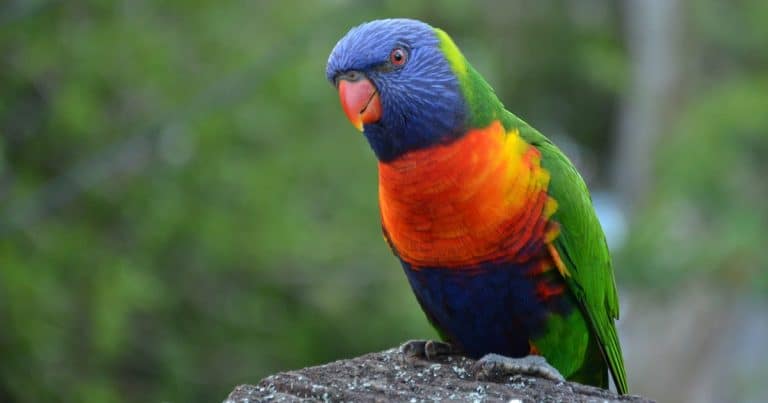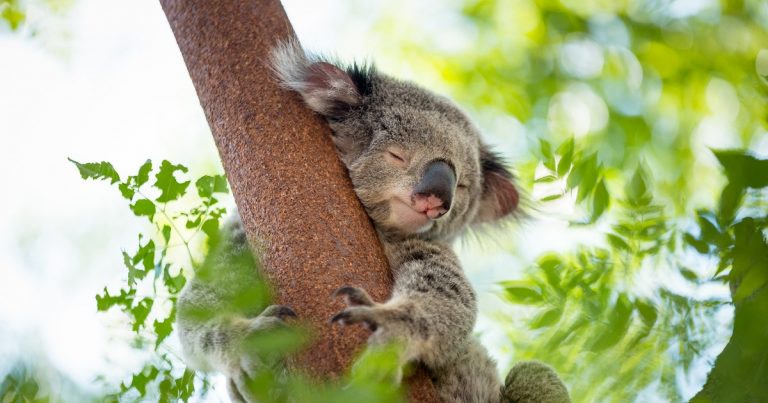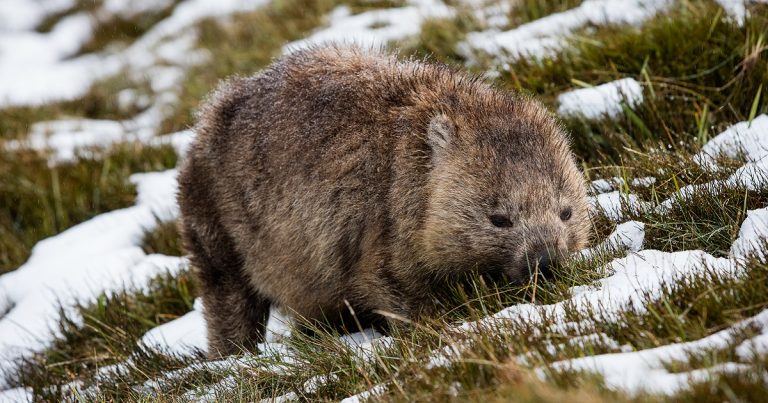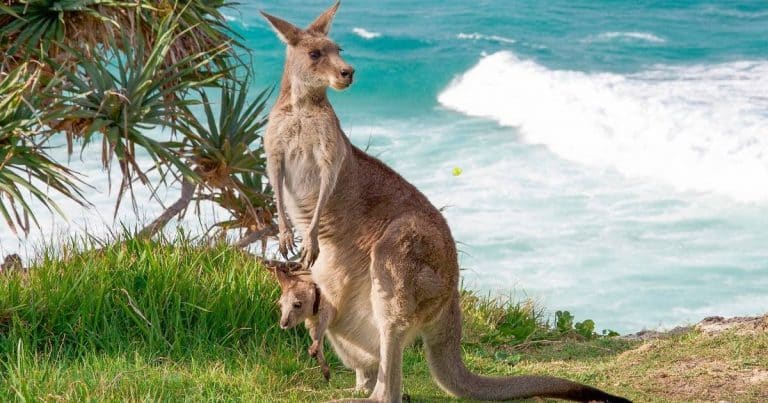Interesting Facts About Bilbies for Kids
You may have seen this Australian animal feature during Easter – the chocolate version anyway! Real bilbies are a fuzzy, snouted, bunny-like species native to Australia. Read on to see how much you know about these adorable marsupials with some interesting facts about bilbies for kids.
Fun Bilby Facts
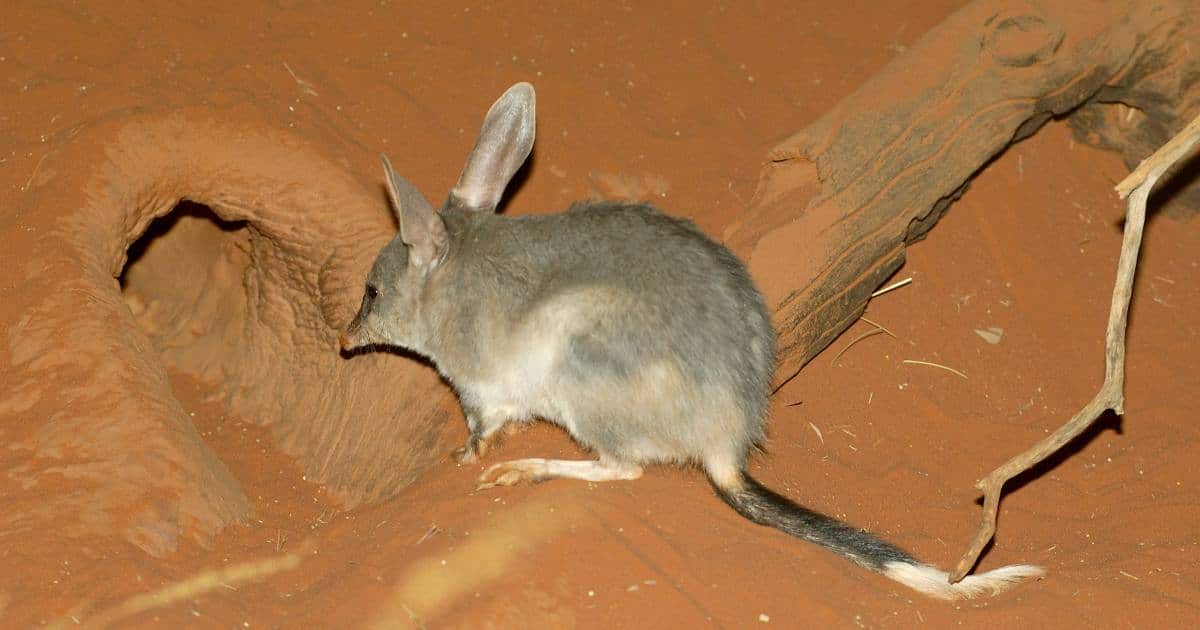
- When we say ‘bilby’ today, we are referring to ‘the greater bilby’, since ‘the lesser bilby’ went extinct in the 1950s.
- Although the names ‘bilby’ and ‘bandicoot’ are commonly used interchangeably, bilbies are in a family of their own.
- Bilbies rely on their hearing and sense of smell to find food and sense danger since they have poor eyesight.
- Bilbies are nocturnal Australian animals.
- Bilbies are burrowing creatures and have strong forearms and claws for digging.
- Bilbies are marsupials, so female bilbies have pouches in which they carry their young.
- The bilby’s pouch is reversed; that means it opens at the bottom rather than at the top! It is believed that they have evolved this way to prevent dirt from getting into the pouch when they dig
- Bilbies like dry, desert climates.
- Bilbies benefit from bushfires. While the fire is ongoing, they take shelter in their burrows. They eat the plants that grow after the fire passes.
- Bilby burrows benefit the ecosystem by providing shelter for other animals and by encouraging plant diversity.
- Bilbies are mostly solitary animals.
- Female bilbies are only pregnant for 12 to 14 days. This is one of the shortest gestation periods of all mammals!
- Baby bilbies are called joeys, just like baby kangaroos.
- Baby bilbies spend around 10-15 weeks in their mother’s pouch after birth.
- Bilbies are omnivores. They eat termites, spiders, lizards, worms, fruit and seeds.
- Bilbies don’t need to drink water because they get all the hydration they need from their food.
- The greater bilby is rated ‘vulnerable’ and many projects are underway to protect its population. They used to be found across 70% of Australia but now, there may be fewer than 10,000 left in the wild.
- The bilby’s decline is due to habitat destruction and feral species such as foxes and cats.
- Chocolate ‘Easter Bilbies’ are eaten at Easter to raise awareness of their vulnerable status.
Bilby Adaptations
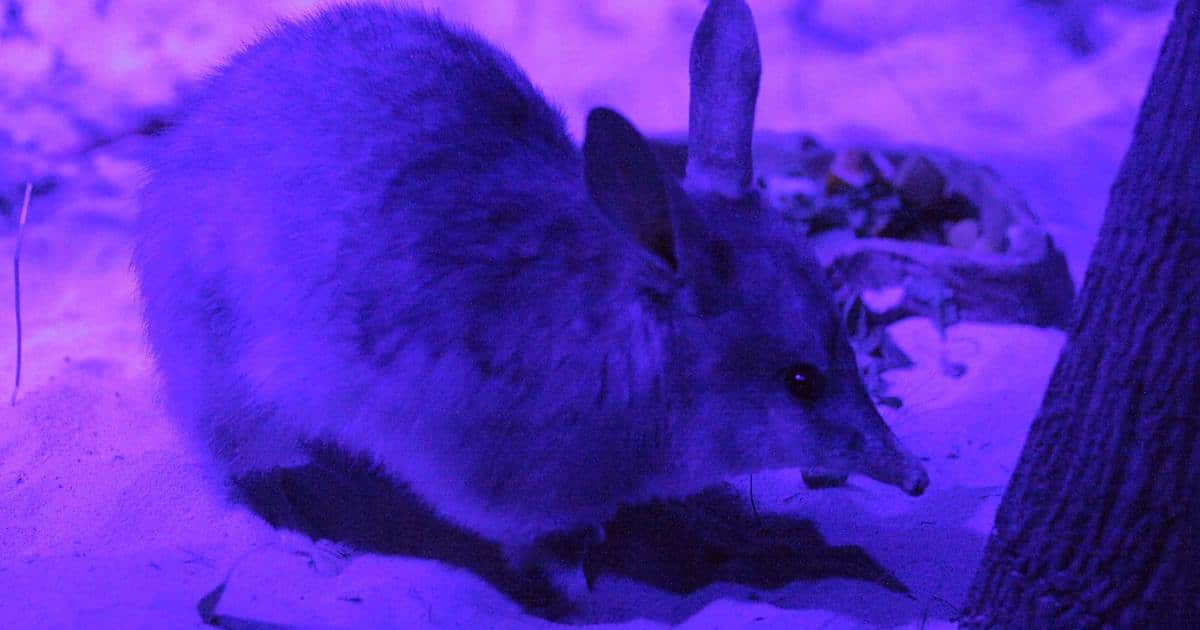
- Long ears: Bilbies have big ears which help them scatter the heat and also detect predators.
- Long, pointed snout: Bilbies have a long, pointy snout that they use to dig for food, such as insects and seeds.
- Fur coat: Bilbies have thick, soft fur which helps to protect them from the sun and keep them warm at night.
- Strong legs: Bilbies have strong hind legs, which they use to dig burrows and escape predators.
- Nocturnal: Bilbies are primarily active at night, which helps them avoid the heat of the day and avoid predators that are active during the day.
- Burrowing: Bilbies are excellent diggers, and they use their burrows to protect from predators and regulate their body temperature.
- Camouflage: Bilby fur is grey-blue and white, which helps them blend in with their desert surroundings.
Bilby Sanctuaries in Australia
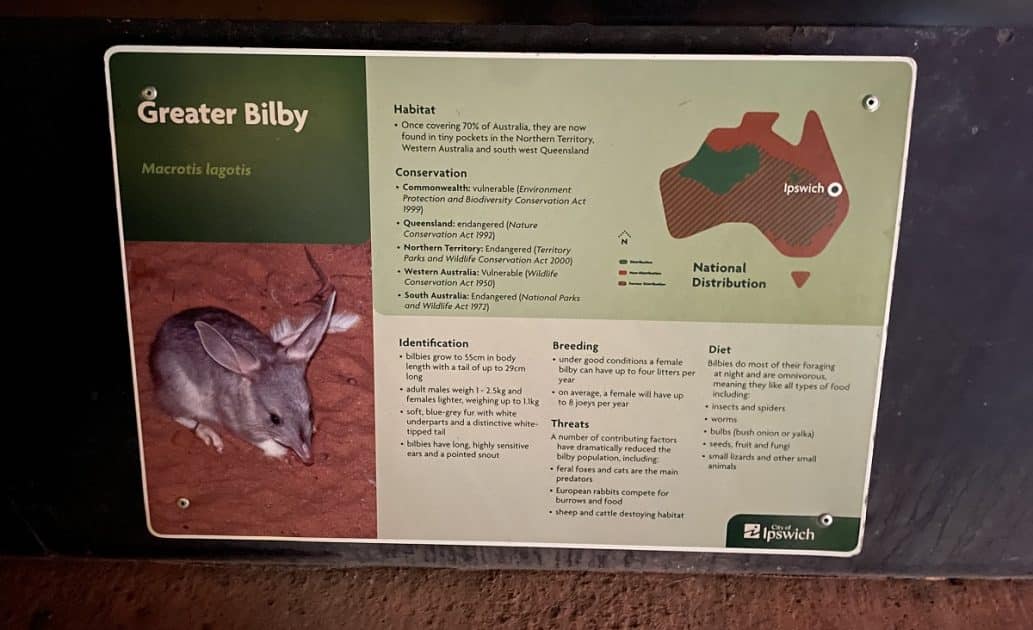
Here are just a few of the zoos and animal sanctuaries across Australia that are helping to play a part in the conservation of Bilbies.
- David Fleay Wildlife Park: This small wildlife park, located an hour South of Brisbane, is determined to make a big difference. It strongly emphasises conservation and is home to some of Australia’s most unique and endangered species. Here you will find elusive animals like the Bridlednail tail wallaby, and of course the bilby, all in their natural habitats.
- Currumbin Wildlife Sanctuary: Located an hour South of Brisbane, this sanctuary is seriously serious regarding the conservation of bilbies. They are a part of a National Bilby breeding program in collaboration with Save the Bilby Foundation. Currumbin has been able to successfully breed bilby twins on multiple occasions, which helps to ensure that there is a captive insurance population to help save them from extinction.
- Bilby Experience at Charleville, Queensland: This sanctuary is located in the outback of Queensland and allows you to see bilbies in a natural environment.
- Ipswich Nature Centre, Ipswich: This sanctuary is free to enter by gold coin donation and in addition to all its other wonderful wildlife, is also a breeding facility for bilbies.
- Kanyana Wildlife Rehabilitation Centre, Western Australia: This sanctuary provides care for injured and orphaned bilbies, and also works on bilby conservation and education programs.
- Taronga Western Plains Zoo, New South Wales: The zoo is home to the bilby breeding program and offers visitors the opportunity to learn about and see bilbies.
- Monarto Zoo, South Australia: This sanctuary is home to a breeding program for bilbies as well as other endangered Australian animals.
More resources and interesting facts about the Bilby
Save the Bilby Fund: For ways you can get involved in helping to save the bilby
Arid Recovery: A positive example of release programs for bilbies
Australian Museum: More in depth information about the bilby for further study
Ngaire
Latest posts by Ngaire (see all)
- 10 Games to Play on Christmas Day in Australia - October 7, 2024
- Nocturnal Australian Animals that Live in Cities - June 23, 2024
- Ideas to celebrate Earth Day in Australia - August 20, 2023
